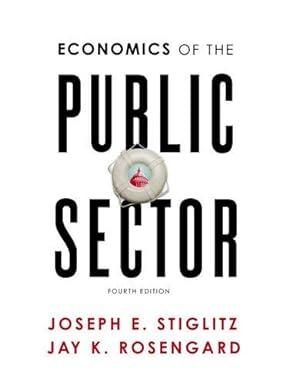Assume that there is uncertainty about the value of pollution control as a result of, for instance,
Question:
Assume that there is uncertainty about the value of pollution control as a result of, for instance, uncertainty about the costs of pollution. Draw two diff erent "demand curves" (or benefit curves) for pollution, showing the marginal benefit of reducing pollution by one more unit decreasing as the level of pollution reduction increases.
Assume that the marginal cost of pollution abatement increases as the level of pollution abatement increases.
a. Assume the government can regulate the amount of pollution control after it knows what the benefits are. Show what the level of pollution control will be in each situation.
b. Assume the government can impose a tax on pollution after it knows what the benefits are. Show what the level of tax (or fi ne) will be in each situation. Is there any diff erence between regulations and fi nes in these circumstances?
c. Now assume that the government must set the level of allowable pollution before it knows what the benefits are. How will it set the level of allowable pollution? (Hint: there is a cost to society due to allocative inefficiency: from allowing too much pollution, if it turns out the benefits of pollution reduction are high; from being too restrictive, if it turns out the benefits are low.) How do you minimize the sum of these two social welfare losses?
d. Now assume the government must set the level of fi ne before it knows what the benefits are. How will it set the fi ne? Is there a difference between fines and regulations here?
e. Now assume that marginal benefits of pollution abatement are unknown. Assume also that when marginal benefits are high, the marginal costs are also high, and similarly, costs are low when benefits are low. Contrast a system of fines and regulations under these circumstances, where the level of fine or regulation must be set before costs are known.
Step by Step Answer:

Economics Of The Public Sector
ISBN: 9780393925227
4th Edition
Authors: Joseph E. Stiglitz, Jay K. Rosengard





